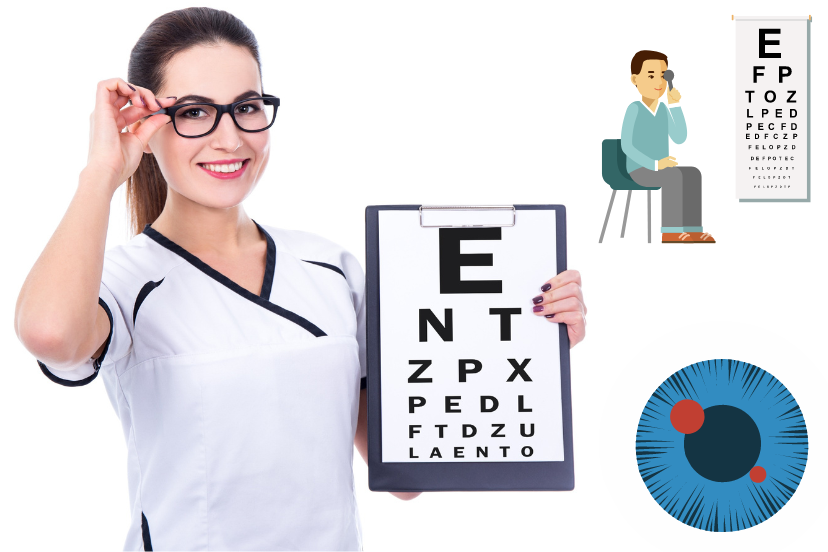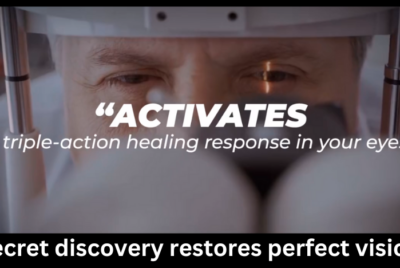Self Test For Cataracts
Taking Charge Of Your Vision Health
Imagine a world without a clear vision. A world where colors fade, details blur, and daily activities become a challenge. This is the reality for millions of individuals living with cataracts, a common age-related eye condition. However, by proactively assessing your vision health and understanding the early signs of cataracts, you can take control of your eye health journey. In this article, I will guide you through a self-test for cataracts, providing helpful suggestions and reasons for your proactive approach to eye care.
Introduction To Cataracts
Cataracts are the leading cause of vision loss among older adults. They occur when the natural lens of the eye becomes cloudy, affecting the transmission of light and resulting in blurred or impaired vision. Over time, cataracts can significantly impact a person’s quality of life, hindering their ability to perform daily tasks and enjoy visual experiences.
Understanding Cataract Symptoms
Recognizing the early symptoms of cataracts is crucial for timely intervention. Some common signs include:
Blurred Vision
As cataracts progress, the clarity of vision diminishes, leading to blurred eyesight. This can make it challenging to read, drive, or perform tasks that require clear vision.
Sensitivity To Light
Cataract-affected eyes often become more sensitive to light. Bright lights, including sunlight and artificial lighting, can cause discomfort and glare, making it difficult to see clearly.
Difficulty Seeing At Night
Cataracts can cause difficulties with night vision, making it harder to navigate in low-light environments. Activities such as driving at night may become unsafe due to decreased visibility.
Fading Or Yellowing Of Colors
Individuals with cataracts may experience a decrease in color perception. Colors may appear dull, faded, or have a yellowish tint, diminishing the vibrancy of the visual world.
Importance Of Early Detection
Early detection of cataracts is crucial for preserving vision and maintaining overall eye health. By identifying cataract symptoms and seeking appropriate care promptly, you can prevent further vision loss and explore suitable treatment options.
Self-Test For Cataracts
Conducting a self-test for cataracts allows you to monitor changes in your vision and take proactive steps toward addressing any concerns. While this self-test does not replace a professional diagnosis, it serves as a useful tool to assess your vision health at home.
Home-Based Screening Options
Several self-test options are available to assess your vision. These include visual acuity tests, glare sensitivity tests, and color perception evaluations. Performing these tests regularly can help you track changes and discuss them with your eye care specialist.
Recognizing Common Symptoms
As mentioned earlier, being aware of the common symptoms associated with cataracts is vital. By familiarizing yourself with the signs, you can identify any changes in your vision and discuss them with a professional.
Monitoring Changes In Vision
Keep a record of any changes in your vision over time. Note down any difficulties you experience, such as blurriness or sensitivity to light. This information will be valuable when discussing your symptoms with an eye care specialist.
Step-by-Step Guide To Self-Testing
Performing a self-test for cataracts involves a few simple steps. Here’s a guide to help you get started:
Gather Necessary Materials
To conduct a self-test, ensure you have the following:
- A well-lit room
- A Snellen eye chart or a vision testing app
- A flashlight or bright light source
- A variety of colorful objects or images
Perform The Visual Acuity Test
Stand or sit a specific distance away from the eye chart or vision testing app. Cover one eye and read the letters or numbers displayed. Repeat the process with the other eye. Note any difficulties or discrepancies in reading the chart.
Check For Glare Sensitivity
In a dimly lit room, shine a flashlight or bright light source toward your eyes. Observe if you experience discomfort or difficulty seeing in the presence of glare. Note any observations or challenges.
Evaluate Color Perception
Using colorful objects or images, assess your ability to differentiate between various colors. Pay attention to any difficulties in identifying colors accurately or noticing changes in color perception.
Monitor Changes Over Time
Regularly repeat the self-test to monitor any changes in your vision. Document your results, and if you notice significant or persistent changes, consult an eye care specialist for further evaluation.
Seeking Professional Diagnosis
While self-testing is a valuable initial step, consulting with an eye care specialist for a professional diagnosis is essential. They will perform a comprehensive eye examination to confirm the presence of cataracts and determine the severity of the condition.
Lifestyle Changes To Support Eye Health
In addition to regular eye examinations and self-testing, specific lifestyle changes can promote eye health and potentially slow the progression of cataracts. Consider the following tips:
Maintaining A Balanced Diet
Eating a diet rich in fruits, vegetables, and antioxidants can provide essential nutrients for eye health. Include foods like leafy greens, citrus fruits, and colorful vegetables in your meals.
Protecting Eyes From UV Radiation
When outdoors, wear sunglasses that offer protection against harmful UV rays. Ultraviolet radiation can contribute to the development and progression of cataracts, so investing in quality sunglasses is essential.
Avoiding Smoking And Excessive Alcohol Consumption
Smoking and excessive alcohol consumption have been linked to an increased risk of developing cataracts. Quitting smoking and moderating alcohol intake can contribute to better overall eye health.
Treatment Options For Cataracts
Various treatment options are available when cataracts significantly impair vision and affect daily activities. These options may include non-surgical approaches such as vision correction aids or surgical interventions like cataract removal and lens replacement. Your eye care specialist will work with you to determine the most suitable treatment plan based on your individual needs.
Self Test For Cataracts – Conclusion
Prioritizing your vision health through self-testing and proactive care is crucial for maintaining clear vision and overall well-being. By recognizing the early signs of cataracts, conducting regular self-tests, and seeking professional guidance, you can take charge of your eye health journey.
Remember to embrace healthy lifestyle choices and consult with an eye care specialist to explore the best treatment options for your unique needs.
Frequently Asked Questions (FAQs)
1. How often should I perform a self-test for cataracts?
Performing a self-test for cataracts every six to twelve months or as your eye care specialist advises is recommended. Regular testing helps track changes in your vision over time.
2. Can self-testing replace a professional diagnosis?
No, self-testing is not a substitute for a professional diagnosis. It serves as an initial assessment and a tool to monitor changes in your vision. Consultation with an eye care specialist is essential for an accurate diagnosis.
3. Are cataracts only age-related?
While cataracts are commonly associated with aging, they can also develop due to other factors such as eye injuries, certain medications, or underlying health conditions.
4. Can cataracts be prevented?
While it’s impossible to prevent cataracts entirely, adopting a healthy lifestyle, protecting your eyes from UV radiation, and avoiding smoking can help reduce the risk of developing cataracts.
5. What should I expect during cataract surgery?
Cataract surgery is a common and safe procedure. It involves removing the clouded lens and replacing it with an artificial lens. Your eye care specialist will provide detailed instructions and address any concerns you may have prior to the surgery.





